Most of you will have heard about core stability or core muscles or core training but do you actually know what it means, why it’s important and how you achieve core stability?
Core V Global
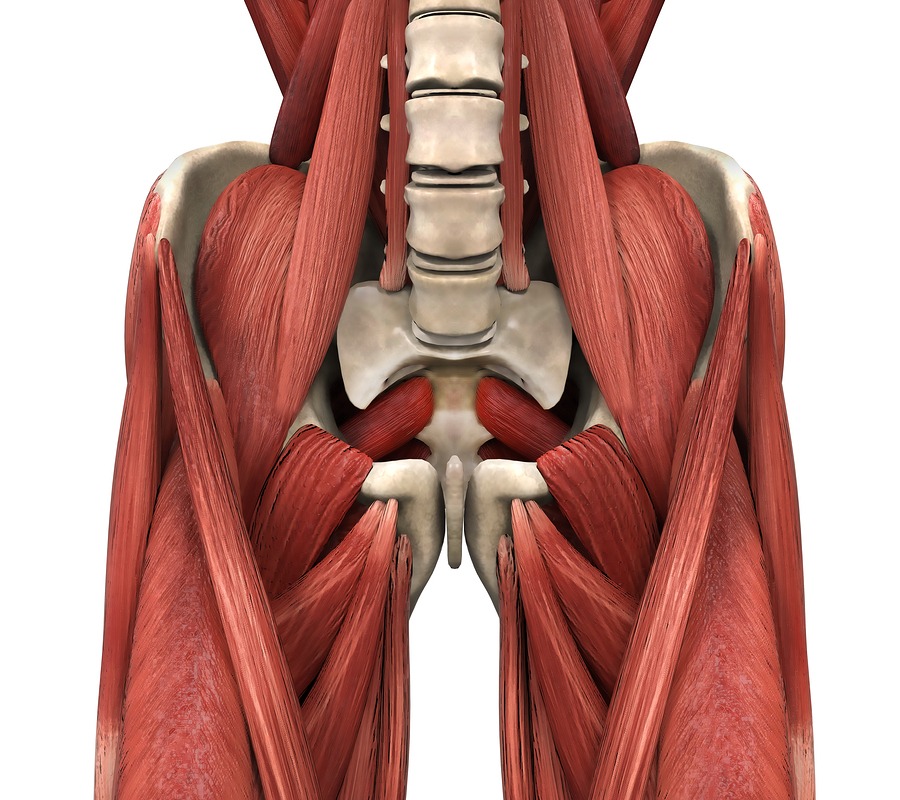
There are essentially 2 muscles groups in the body, the core muscles and the global muscles.
The core muscles are a specific set of muscles attached directly to the spine and pelvis. Their primary function is to hold the spine and pelvis in a neutral position. Everything else are the global muscles such as your arms, legs, abdominal muscles, long muscles of your back and buttocks. They do the lifting, pulling and carrying. The idea is that the core muscles control our spine in a safe position to allow the global muscles to do the work.
What exactly are the core muscles?
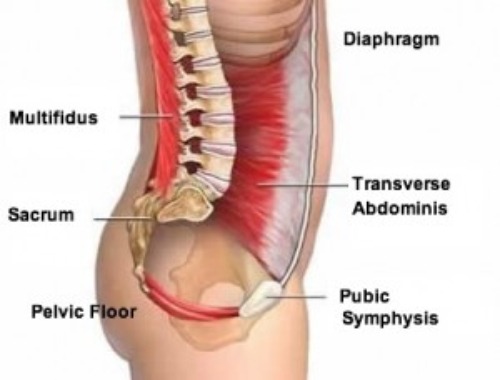
As the picture shows, there are 3 primary core muscles.
The pelvic floor behaves like a sling from the front to the back of the pelvis. It supports the viscera or organs of the abdominal cavity such as the intestines and bladder. It is very important in controlling the opening and closing of the bladder and bowel and generating power and control in a cough, sneeze or lifting.
Transversus abdominus is a muscles that goes across your pelvis at the front deeper than your abdominal muscles. It supports the visceral again but also helps in conjunction with the other core muscles to stabilise the spine and pelvis.
Multifidus is the really important one when it comes to back pain if you can give any of these muscles more priority over each other. It is the only muscle in the spine that controls the segmental movement of the spine. That basically means that each vertebrae or bone in your spine moves in relation to the segment above and below. The multifidii control that movement. All other muscles of the spine connect to 4 or 5 vertebrae together so when those muscles activate all 4 or 5 vertebrae move. That segmental control is very important for safe and efficient movement and that is why multifidus is so important.
What happens if you’re core muscles aren’t working properly?

The primary problem if your core muscles aren’t working properly is that the global muscles have to do 2 jobs. They will have to try and hold you together and move you at the same time which is very inefficient. The other structures of your spine such as the joints and discs will also have to take more strain. Very often the joints close down into a stiff position to try and provide some stability that the core muscles should be giving. This leads to excessive wear of the joints and ultimately pain, inflammation and greater stiffness and weakness.
There are some very obvious signs that someone’s core is inefficient such as the person who comes in and moves like a heavily pregnant woman trying to sit down or the person who has to walk their hands up their legs when coming back up from bending forward. These of course aren’t the only reasons you would move like that but they are classic signs.
So how do you improve your core?
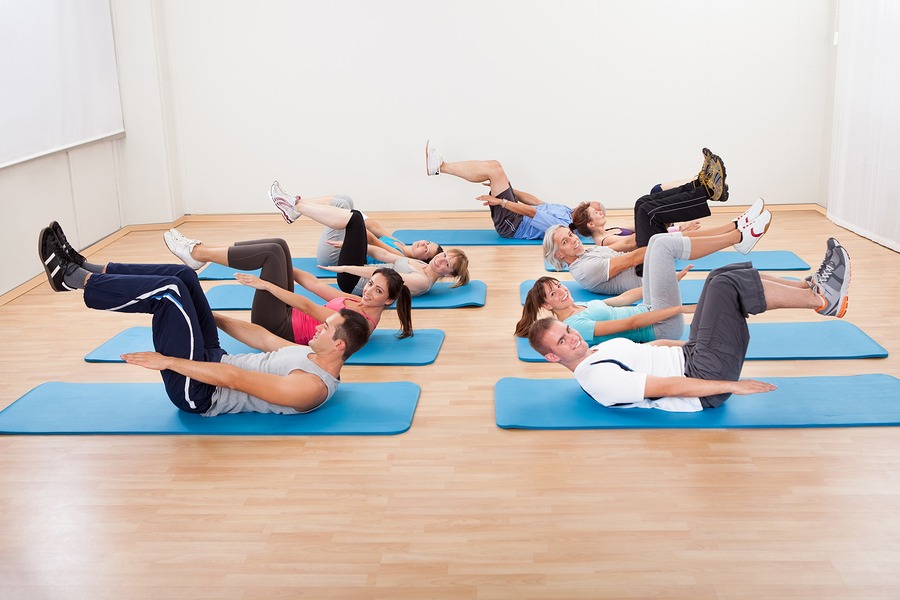
Well there are lots of core exercises out there. The one exercise regime that pretty much works on targeting the core muscles is Pilates. A good Pilates instructor (and they vary enormously) will be able to identify the correct core exercises for your capability.
A physiotherapist will be able to assess your back to see if there is an issue with core stability and identify the reasons why you are having back pain (as it’s probably not just core stability alone that is the issue) and give the appropriate treatment and advice to deal with the problem.
So why is it that I do loads of Pilates and my core isn’t any good or my back still aches?

In clinic we see this all the time. Someone with persistent back ache for years. They were told to go to Pilates as it would help. They’ve gone for years, they really enjoy the classes but don’t seem to be making any progress and still get back ache.
There can be many reasons for this of course but usually what we find is that they have a mechanically stiff back. This fundamentally means that the segments of the lower back are so stiff that they no longer move correctly. This means that the muscles attached to these specific segments can’t activate or engage. Remember one of your major core muscles are the multifidus and they are the only muscles of your spine that control the segmental movement of the spine. If that segment can’t move well then the multifidus at that level can’t contract and therefore you can’t exercise the muscle to make it stronger. You might still go through the motions of doing an exercise but you may not be able to activate that particular muscle.
Think of it like someone walking with their leg straight or knee in a fixed position all the time. They can still walk but they are not bending their knee so they are not using the hamstrings and quadriceps muscles properly. This is what happens in the back. The segments are too stiff therefore don’t move when doing the exercise and therefore don’t get any stronger.
We see loads of people who can touch their toes and assume that their back must be moving properly but they can be generating that movement from their hips or thoracic spine and not the bits of their lower back where they get their pain.
It’s our job as Physiotherapists to get those segments mobilised effectively so that you can start to activate those core muscles again. Look at the pictures below of 2 people who both do core exercises regularly. One has a spine that was mobilised correctly and one hasn’t.
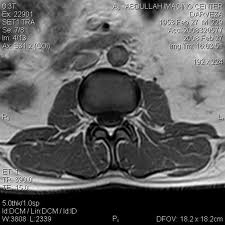
The on the right shows an MRI of a spinal segment. This is a slice across the body and is viewed as if you are looking down onto the spine. Note the muscles at the bottom of the picture.
They look like a lean piece of meat. There is good definition of the muscles and clear demarcation between muscle groups which essentially means there is good core muscle tissue at this segment.
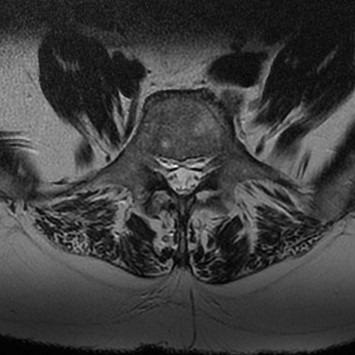
The muscles in this segment on the left have lots of fatty infiltration. This means the muscles aren’t lean and could do with conditioning. This isn’t even a particularly bad example. You see lots of MRI’s where this area is practically all white with little or no muscle definition. It’s not surprising then that this person would have back pain.
If you have any concerns about painful joints or muscles give us a call on 01223 350622 or book online.
Don’t forget you can forward this newsletter to anyone you think might be interested or share it on your facebook page or tweet it by using one of the buttons below.



0 Comments